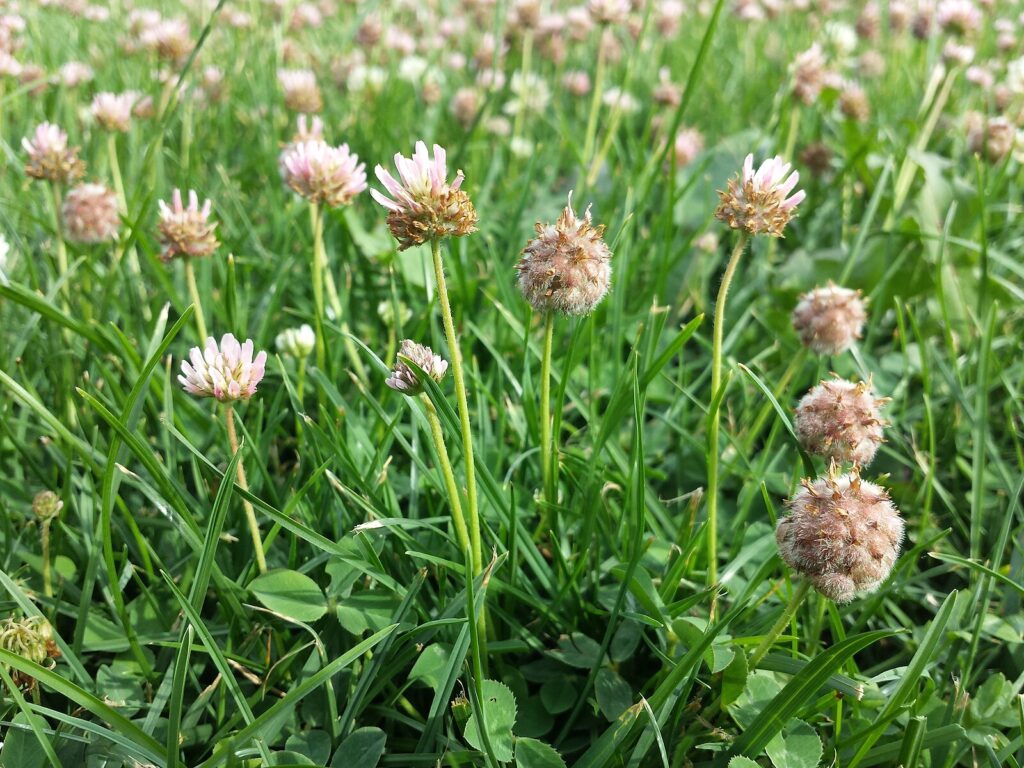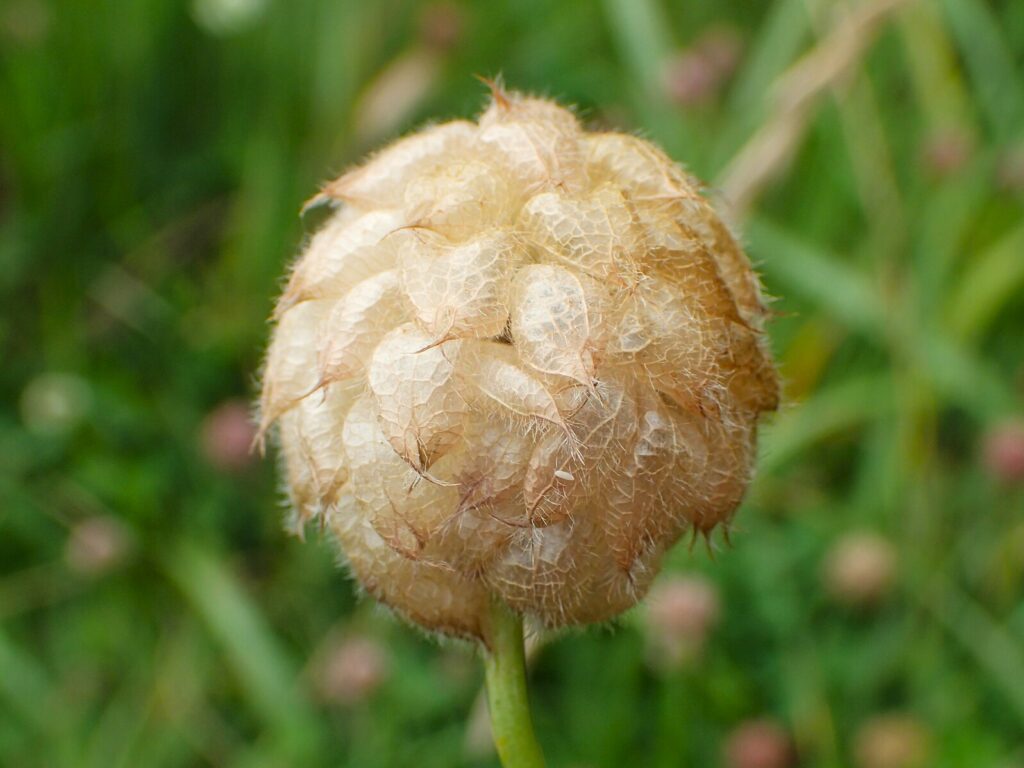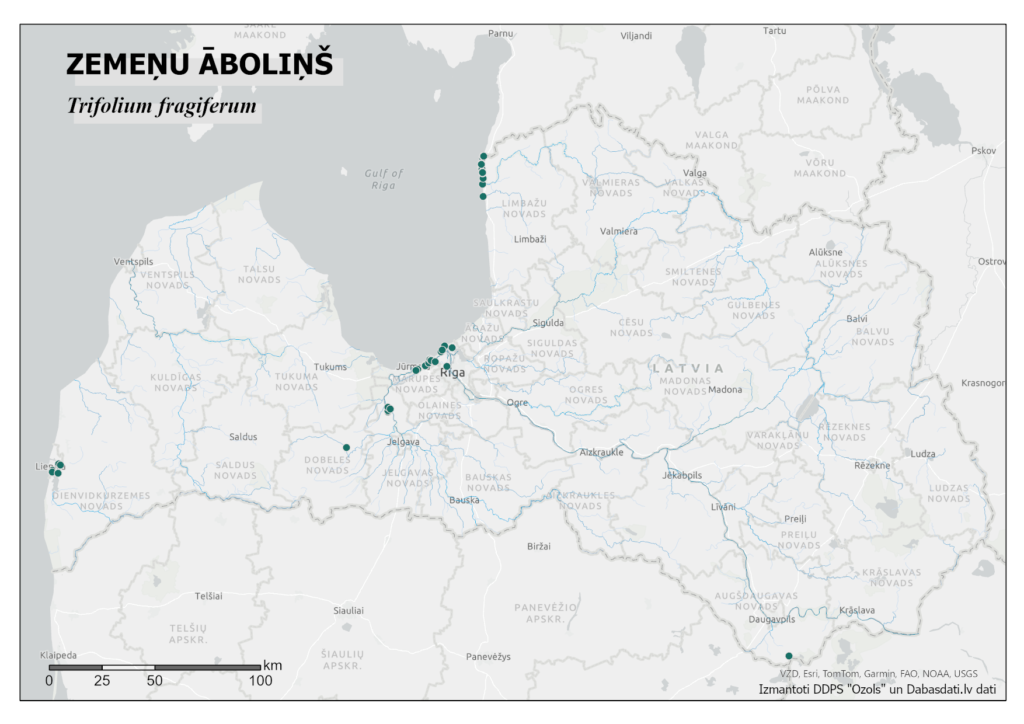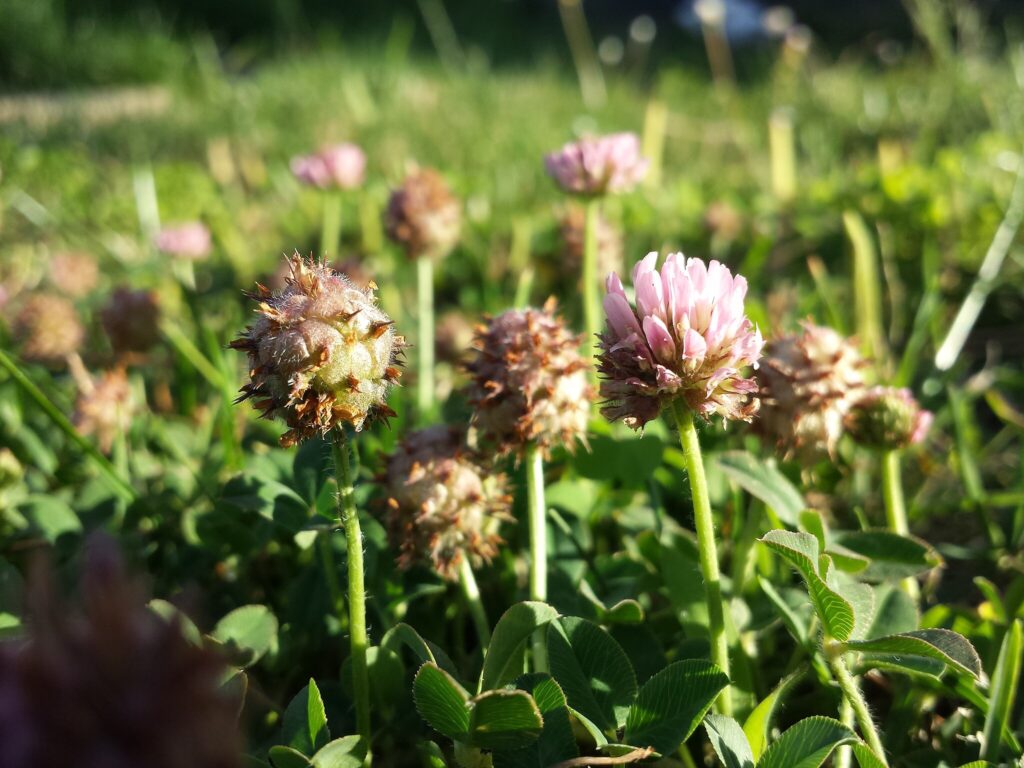Protected species of the month: Strawberry Clover
February is the month of wetlands, so in its honor, we will explore a wetland plant species - Strawberry Clover (Trifolium fragiferum L.). It's noteworthy that this year wetlands have also been recognized as the habitat of the year in Latvia.

Strawberry Clover got its name due to its inflorescence head resembling a strawberry, although some insist it's the fruit cluster that resembles a strawberry more. In the fruiting stage, when the corolla of each flower has fallen, the pink calyx swells and is covered with many hairs, resembling a strawberry.
The leaf of Strawberry Clover consists of three leaflets. It is a perennial plant, about 10 to 30 cm tall from the ground, and its color varies from soft pink to bright pink. Strawberry Clover blooms from June to September.
Hidden within the round, fluffy calyx is a small pod with one or two seeds. If the head of the calyx falls off, it can float on water to a new location – acting as a dispersal raft for the plant.

In Latvia, this plant is mostly found in coastal meadows and lagoon lake floodplain meadows - predominantly around Lake Liepāja, near Riga, and in the vicinity of Salacgrīva and Ainaži.
Interestingly, in Latvia, the plant has also been found in the Daugava valley near Daugavpils, which is peculiar because the area is far from the coast.

Overall, this species has a wide distribution range across almost all of Europe, the Caucasus, Western Siberia, Central Asia, and North Africa. In these regions, the distribution of Strawberry Clover is not as closely tied to coastal areas as it is in Latvia.
The spread of Strawberry Clover is currently negatively affected by the decrease in natural meadow areas in Latvia, which require mowing or grazing. In Latvia, the species is included in the list of specially protected species.
Interestingly, in Latvia, the plant has also been found in the Daugava valley near Daugavpils, which is peculiar because the area is far from the coast.

Overall, this species has a wide distribution range across almost all of Europe, the Caucasus, Western Siberia, Central Asia, and North Africa. In these regions, the distribution of Strawberry Clover is not as closely tied to coastal areas as it is in Latvia.
The spread of Strawberry Clover is currently negatively affected by the decrease in natural meadow areas in Latvia, which require mowing or grazing. In Latvia, the species is included in the list of specially protected species.
